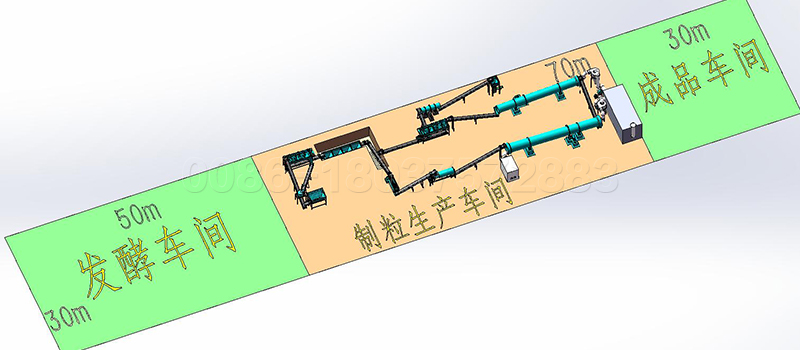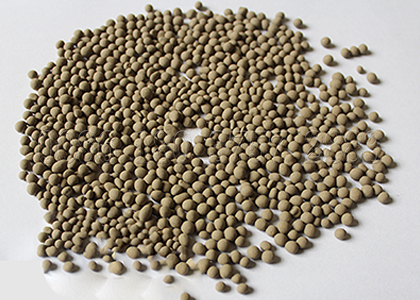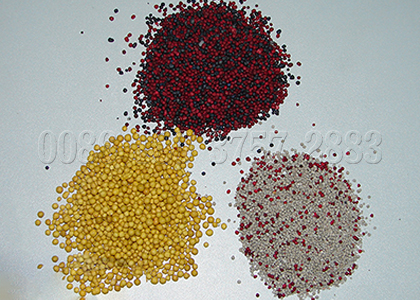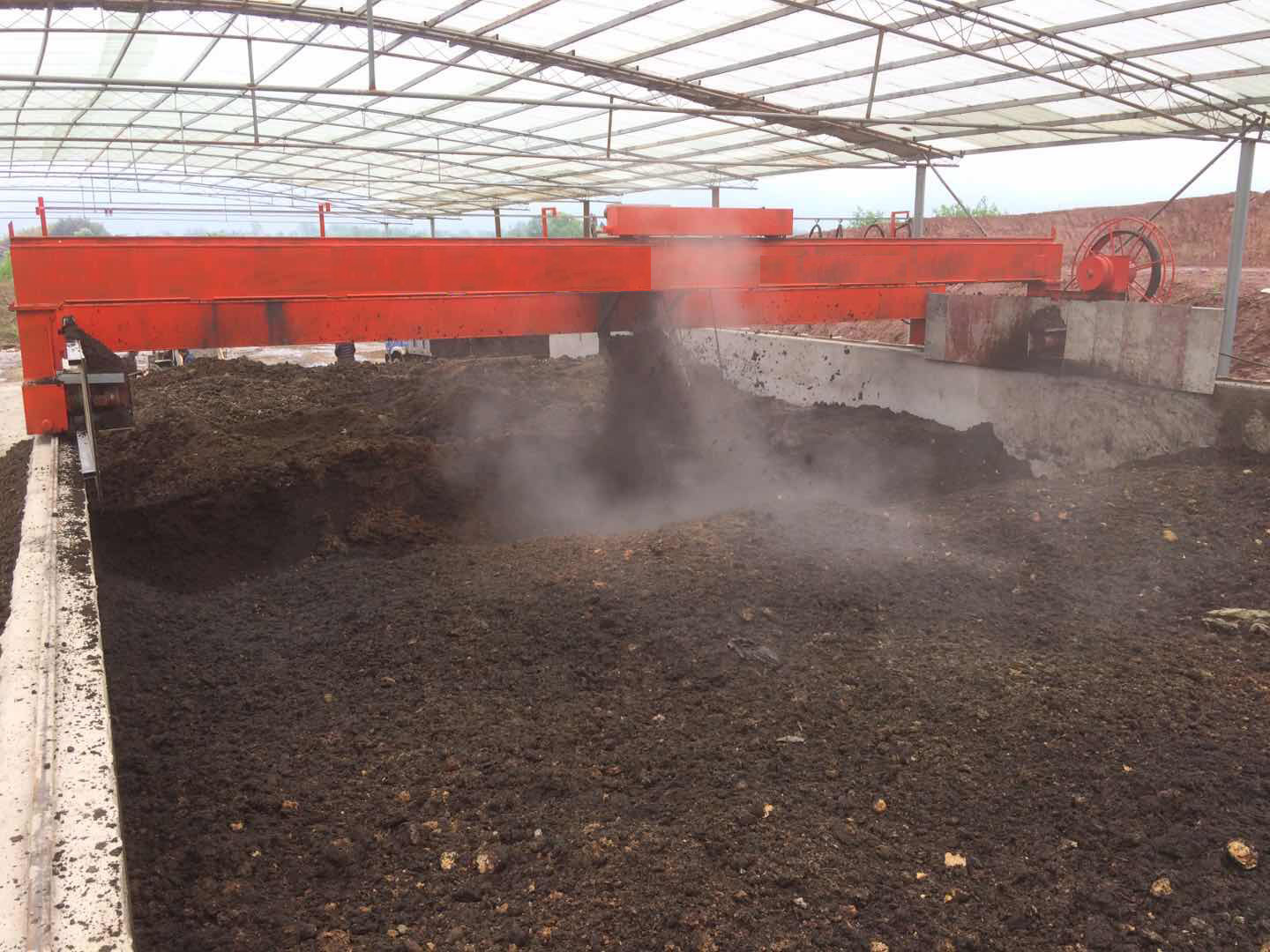The horizontal mixer is used in the mixing stage of the production process of nitrogen, phosphorus and potassium fertilizer to fully mix different kinds of nutrients to prepare for the granulation of the drum granulator.
Performance characteristics of horizontal mixer
The speed of the shaft driven by the reducer and the structure of the blade will weaken the gravity of the material. Because there is no gravity, the difference of particle size and specific gravity of materials is ignored in the mixing process.

The violent mixing movement of the horizontal mixer shortens the mixing time, faster mixing speed and higher efficiency. Even if there are differences in specific gravity and particle size of materials, good mixing effect can be achieved under the rapid and violent shaking of staggered mixing blades.
In the manufacture of NPK fertilizer, the raw materials need to be fully mixed. The mixer has high mixing uniformity and less residue. The horizontal mixer is suitable for mixing more than two kinds of fertilizers, additives and premix.
More detailed info on compost mixer, welcome go to https://compostturnermachine.com/compost-mixer/




